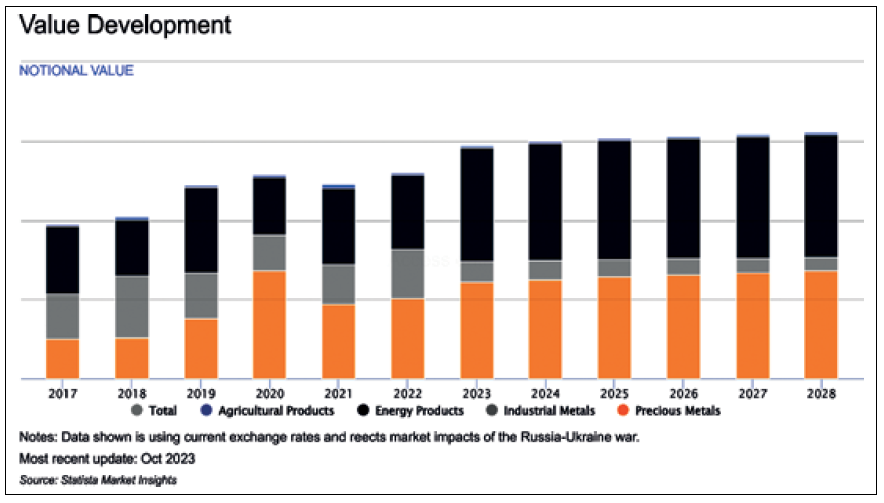Content area
Full text
Air freight traffic rose by 3.2% in 2022-23, indicating a marginal growth. The industry is driven by high demand in e-commerce, pharma, manufacturing, electronics, and agro. Future growth can be facilitated by establishing advanced air cargo terminals, belly capacity expansion, and recruiting dedicated cargo freighters.
Ever since COVID has hit the world, the demand for pharma and perishables have witnessed a surge. Industry leaders have learnt an important lesson— to be prepared for the worst and have contingency plans in place to survive.
The world knows pharma and perishables are the lone commodities, which were moving, when the world came to a standstill. The demand for pharma—medicines, clinical equipment—and perishables would never see a downturn. These apart, import commodities comprise petroleum products, electronics, gold, silver, aluminium, copper, lead, nickel, zinc, crude oil, natural gas, cardamom, cotton, crude palm oil, kapas, mentha oil, rubber, and machinery goods and pulses and rice depending on the situation.
The air cargo industry has recently witnessed a high growth in transporting highvalue goods, pharmaceuticals, and temperature-sensitive products, thereby focusing on the air cargo services in ensuring secure transportation followed by efficient deliveries at the click of a mouse.
If we talk about future commodities, pharma and perishables would take a lead followed by the e-commerce which has brought a revolution in logistics and contributed to its growth. Since 2020, e-commerce is flourishing. It is driving cargo growth incredibly. In the past, with internet penetration and exposure, e-commerce has reached the remotest areas, assuring same day and next day deliveries.
From 2020-2022, demand for consumer durables has also increased significantly. Since 2023, the industry is witnessing demand for sustainable goods.
Government initiatives
The government’s support in improving customs processes and collaboration across the cargo supply chain could enhance efficiency and contribute to reaching the target of 10 MMT by 2030.
The Indian government is focusing on advancing cargo, logistics and e-commerce to boost economic development and making it a Rs 5 trillion economy. Developments such as infra boost, NLP, digitalisation, e-commerce regulations, customs reforms, support for startups, and GST implementation are reaffirming the same for the sector. These efforts align with ‘Make in India’ and ‘Atmanirbhar Bharat’, stressing self-reliance and promoting a conducive environment for these sectors to thrive. It is...




